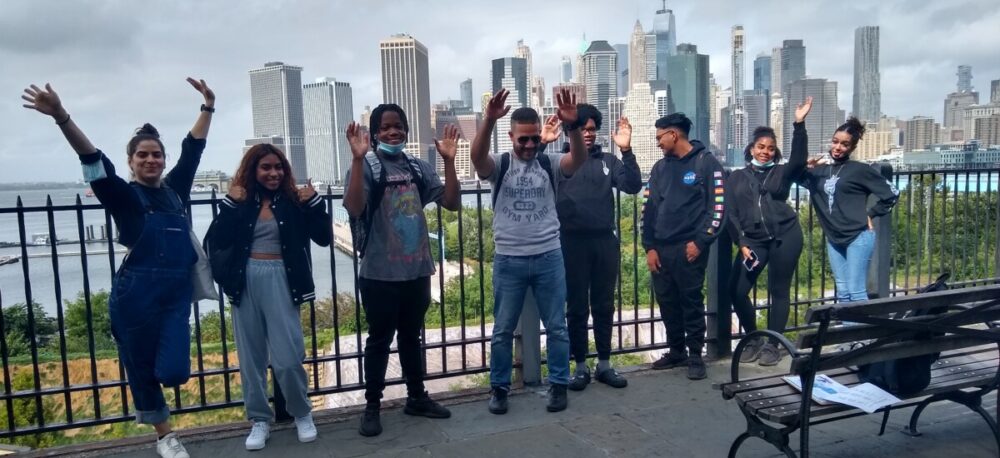For this assignment I chose the movie “The Clovehitch Killer” By: Christopher Ford. This movie was released on September 22, 2018
This is my second time watching the movie because I really enjoyed watching “The Clovehitch Killer ”. I love watching anything that is thrilling and mysterious. This movie was essentially about a perfect family that had the afternoon as “family time” and they even went to church. The gossip that was going around at Tyler school is that there is a serial killer going around and killing people. Every time the serial killer would kill someone the serial killer wouldn’t leave any trace behind or any evidence. There was this girl that was into solving mysteries and she started off with the Clovehitch killer. One day Tyler went into his Dad’s shed and he noticed a lot of spooky things that would have him thinking that his dad is the serial killer. As Tyler and the girl team up they keep finding evidence that his father is the killer. For example, they find pictures of the victim along with their driver’s license. Come to find out that Tyler caught his father in action about to kill a lady so the girl teamed up with Tyler to take him to the police but Tyler’s father shot himself instead. Then the girl tells Tyler that she was into this stuff because the clovehitch killer killed her mom and that was one of the pictures attached with a driver license that Tyler saw in his dad’s shed.
I don’t think that this movie portrayed any legal concept in this course. I was expecting for the father to get caught by the police or someone and arrested. Taken to jail and shown the trail that the father was supposed to get. One thing I would say is that the girl’s grandmother had something to do with some legal work that led the girl into this mystery. One thing I would say is that they could have shown the police involved more instead of the girl doing herself with Tyler. Almost every movie like this has a similar ending except for this one.
If the father was caught in like a mid movie with him getting arrested. If the author showed Tyler’s father in the court and the trial of Tyler’s father that would portray some sort of legal concept from this course. Because we would have seen how the attorney goes back and forth in court and how the judge decides the sentencing of the father. I was a little upset when I finished watching this movie b/c I realized that it didn’t show any legal concept from our course.



